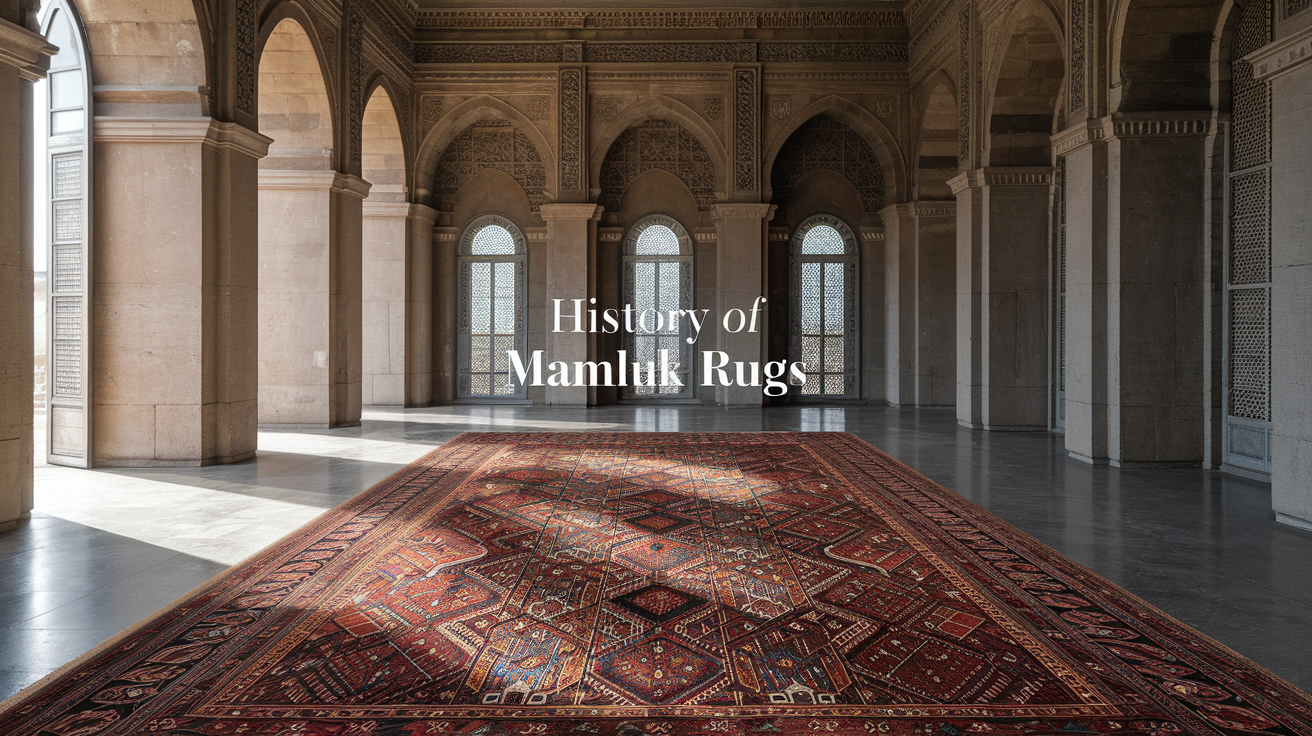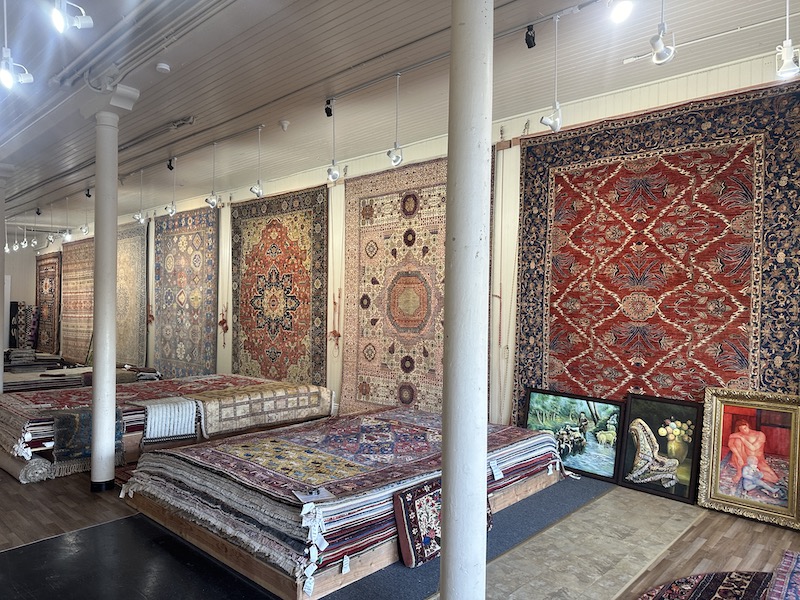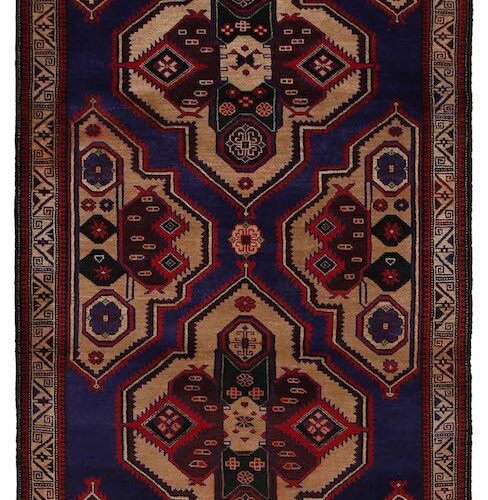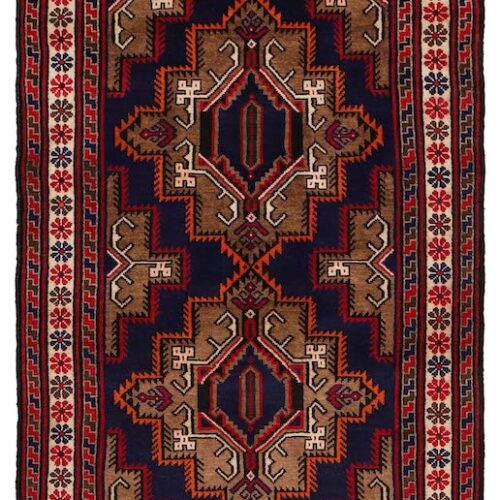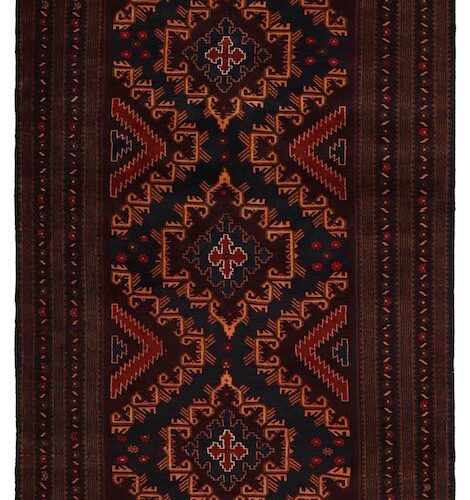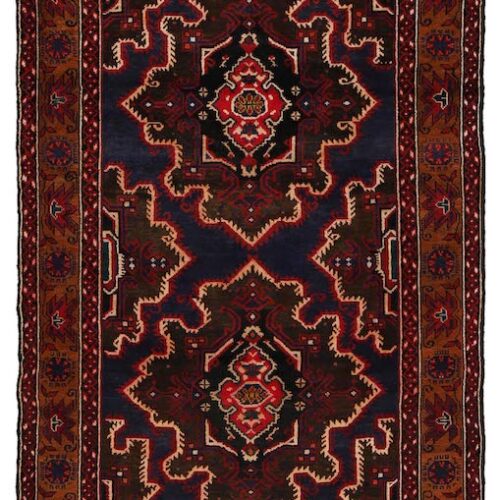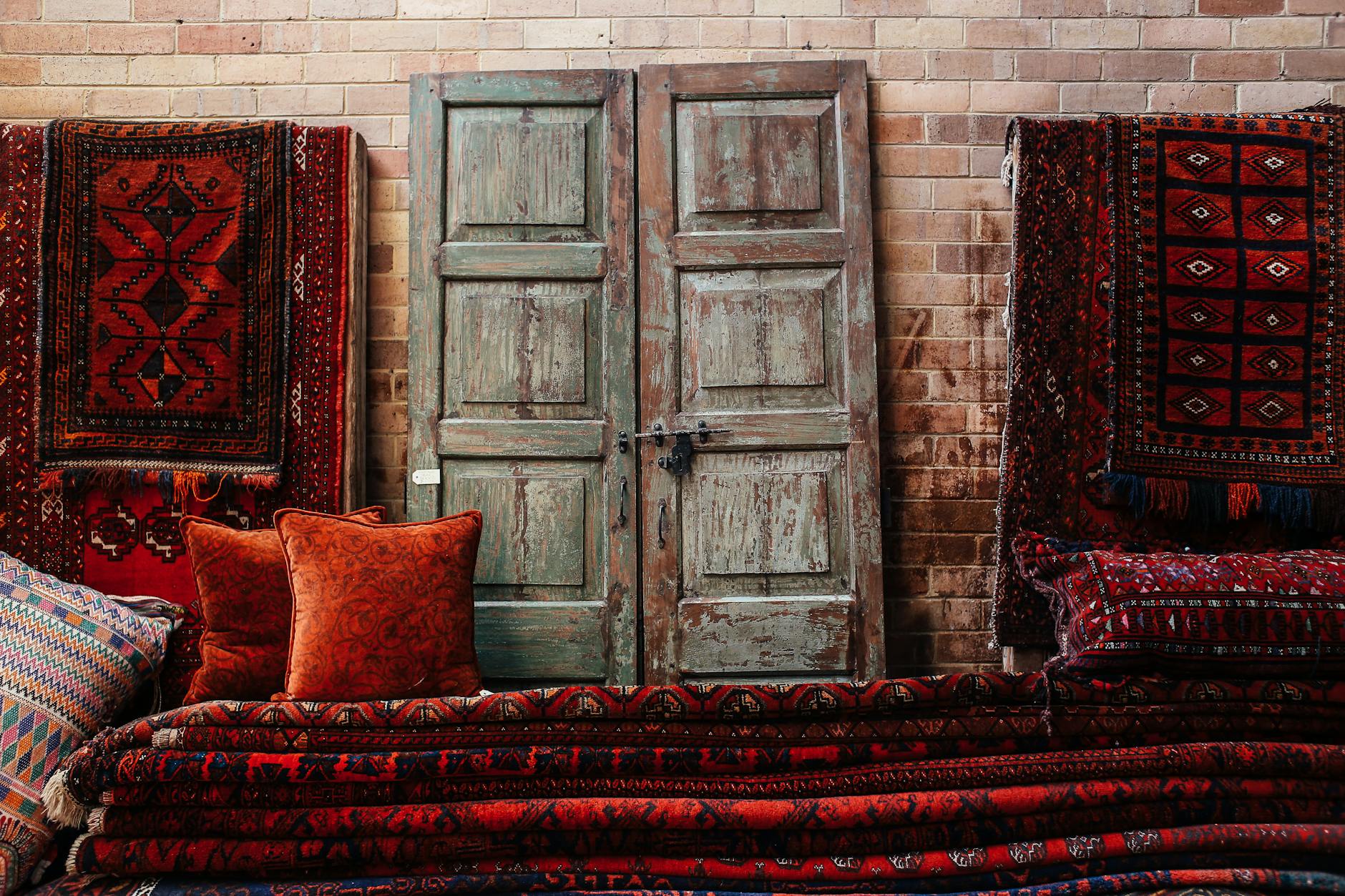
Have you ever marveled at the intricate beauty of an Oriental rug and wondered about its story? These timeless pieces of art aren’t just floor coverings; they’re woven tales of culture, craftsmanship, and history. But here’s the burning question: How long can these masterpieces actually last? 🤔
The answer might surprise you. With proper care, Oriental rugs can endure for generations, becoming cherished family heirlooms. However, without the right knowledge and maintenance, even the most exquisite rug can deteriorate prematurely. That’s where the wisdom of a Berkeley rug master comes in handy. In this blog post, we’ll unravel the secrets of Oriental rug longevity and share essential care tips that will help you preserve your rug’s beauty for years to come. From understanding the rich heritage behind these woven wonders to learning about common threats and restoration techniques, we’ll cover everything you need to know to become a guardian of your Oriental rug’s legacy. Let’s dive in and discover how to keep your rug looking as stunning as the day it was crafted! 🧵🔍
The Rich Heritage of Oriental Rugs

The Rich Heritage of Oriental Rugs
Origins and Cultural Significance
Oriental rugs have a rich history dating back thousands of years, with their origins rooted in the cultures of Persia, Turkey, and Central Asia. These exquisite floor coverings have long been revered for their intricate designs, superior craftsmanship, and cultural significance. They served not only as functional items but also as symbols of wealth, status, and artistic expression.
Evolution of Designs and Techniques
Over centuries, the art of rug-making has evolved, incorporating various influences and innovations:
- Traditional Motifs: Geometric patterns, floral designs, and symbolic elements
- Dyeing Techniques: Natural dyes from plants and insects to modern synthetic dyes
- Weaving Methods: Hand-knotting, flat-weaving, and machine-made production
| Period | Design Characteristics | Materials Used |
|---|---|---|
| Ancient | Simple geometric patterns | Wool, cotton |
| Medieval | Intricate floral designs | Silk, gold threads |
| Modern | Blend of traditional and contemporary | Synthetic fibers, natural materials |
Famous Rug-Making Regions
Several regions have gained worldwide recognition for their distinctive rug-making traditions:
- Persia (Iran): Known for the Persian carpet, including Isfahan and Tabriz rugs
- Turkey: Famous for Anatolian rugs, particularly from regions like Hereke and Ushak
- Central Asia: Home to Turkmen and Kazakh rugs
- India: Renowned for Agra and Jaipur carpets
- China: Celebrated for its silk rugs and unique designs
These regions have each contributed to the diverse tapestry of Oriental rug styles, making them highly sought-after pieces of functional art that continue to captivate collectors and enthusiasts worldwide.
Longevity of Oriental Rugs

Longevity of Oriental Rugs
Oriental rugs are renowned for their durability and longevity, often lasting for generations when properly cared for. Let’s explore the factors that contribute to their lifespan and how to identify a well-made rug that will stand the test of time.
Factors Affecting Lifespan
Several key factors influence the longevity of Oriental rugs:
- Materials used (wool, silk, cotton)
- Weaving technique and knot density
- Dye quality and colorfastness
- Usage and foot traffic
- Maintenance and care routine
Average Lifespan of Different Types
| Rug Type | Average Lifespan |
|---|---|
| Persian | 100-200 years |
| Turkish | 80-150 years |
| Afghan | 70-120 years |
| Chinese | 60-100 years |
Signs of a Well-Made, Long-Lasting Rug
To identify a high-quality Oriental rug that will last for decades:
- Check for tight, uniform knots
- Look for natural dyes and rich, deep colors
- Examine the rug’s foundation for sturdy materials
- Feel for densely packed pile
- Ensure symmetrical patterns and even edges
How Proper Care Extends Rug Life
Implementing a proper care routine can significantly extend the life of your Oriental rug:
- Regular vacuuming (without beater bar)
- Immediate spot cleaning of spills
- Professional cleaning every 1-3 years
- Rotating the rug periodically
- Using rug pads to reduce wear
By understanding these factors and implementing proper care techniques, you can ensure your Oriental rug remains a cherished heirloom for generations to come. Next, we’ll delve into essential care tips from a Berkeley rug master to help you maintain your rug’s beauty and integrity.
Essential Care Tips from a Berkeley Rug Master

Essential Care Tips from a Berkeley Rug Master
Now that we understand the longevity of Oriental rugs, let’s explore essential care tips from a Berkeley rug master to ensure your prized possession lasts for generations.
Regular Cleaning Routines
Maintaining a consistent cleaning routine is crucial for preserving your Oriental rug’s beauty and extending its lifespan. Here’s a simple weekly cleaning schedule:
- Vacuum gently (without beater bar)
- Rotate the rug 180 degrees
- Brush fringe carefully
Proper Storage Techniques
When storing your Oriental rug, follow these guidelines:
- Clean thoroughly before storage
- Roll the rug with pile facing inward
- Wrap in breathable material (e.g., cotton)
- Store in a cool, dry place
Handling and Moving Best Practices
| Do’s | Don’ts |
|---|---|
| Roll the rug for transport | Fold the rug |
| Lift from multiple points | Drag or pull the rug |
| Use padding underneath | Place heavy furniture on corners |
Professional Cleaning Frequency
Professional cleaning is essential for maintaining your Oriental rug’s integrity. Schedule professional cleaning:
- Every 1-3 years for low-traffic areas
- Annually for high-traffic areas
- Immediately after significant spills or stains
Addressing Spills and Stains
Quick action is crucial when dealing with spills:
- Blot (don’t rub) with a clean, white cloth
- Use cold water for most stains
- For stubborn stains, consult a professional
By following these expert care tips, you’ll significantly extend the life of your Oriental rug and preserve its beauty for years to come. Next, we’ll examine common threats that can compromise your rug’s longevity and how to mitigate them.
Common Threats to Oriental Rug Longevity

Common Threats to Oriental Rug Longevity
Oriental rugs are prized possessions, but they face several threats that can shorten their lifespan. Understanding these common issues is crucial for preserving your rug’s beauty and value.
Sun Damage and Fading
Prolonged exposure to direct sunlight can cause significant damage to oriental rugs. UV rays break down dye molecules, leading to:
- Color fading
- Weakening of fibers
- Uneven wear patterns
To protect your rug, consider:
- Rotating it periodically
- Using window treatments
- Placing it away from direct sunlight
Moth Infestations
Moths pose a serious threat to wool rugs. Their larvae feed on natural fibers, causing:
- Visible holes
- Weakened structure
- Irreparable damage
Prevention methods include:
- Regular vacuuming
- Using cedar blocks or lavender sachets
- Professional cleaning annually
Moisture and Mold Issues
Excess moisture can lead to mold growth, which:
- Weakens fibers
- Creates unpleasant odors
- Causes health risks
To prevent moisture-related problems:
- Address spills immediately
- Ensure proper ventilation
- Use a dehumidifier in damp areas
Wear Patterns from Foot Traffic
High foot traffic areas often show premature wear, resulting in:
- Thinning pile
- Visible paths
- Structural weakening
| Prevention Strategy | Benefits |
|---|---|
| Rotate rug regularly | Evens out wear |
| Use rug pads | Reduces friction |
| Place runners in high-traffic areas | Protects main rug |
By being aware of these threats and taking proactive measures, you can significantly extend the life of your oriental rug, preserving its beauty for years to come.
Restoration and Repair
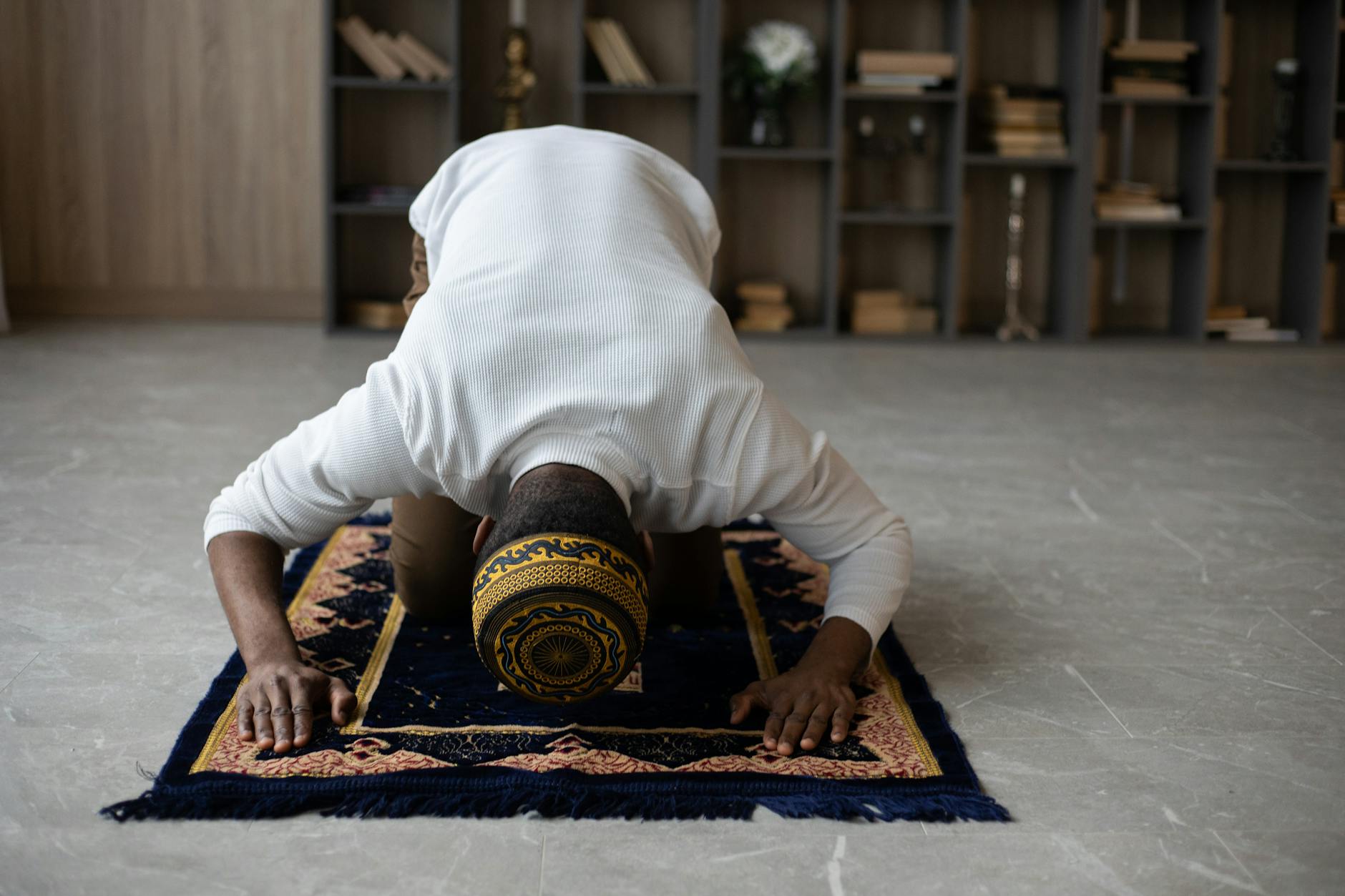
Restoration and Repair
When to seek professional help
When it comes to oriental rugs, knowing when to seek professional help is crucial. Look out for signs such as:
- Visible wear and tear
- Fraying edges or corners
- Faded colors
- Stains that won’t come out
- Moth damage or holes
If you notice any of these issues, it’s time to consult a rug master.
Common restoration techniques
Professional rug restorers employ various techniques to breathe new life into your oriental rug:
- Re-weaving
- Patching
- Fringe repair
- Color restoration
- Structural reinforcement
| Technique | Description | Best for |
|---|---|---|
| Re-weaving | Recreating damaged areas | Holes, tears |
| Patching | Adding new material | Large damaged areas |
| Fringe repair | Fixing or replacing fringe | Worn edges |
| Color restoration | Reviving faded hues | Sun-damaged rugs |
| Structural reinforcement | Strengthening weak areas | Antique rugs |
Cost considerations for repairs
The cost of repairing an oriental rug varies depending on factors such as:
- Rug size and complexity
- Extent of damage
- Rarity of materials
- Restoration technique required
While professional restoration can be expensive, it’s often worth the investment to preserve a valuable piece.
Preserving value through expert care
Regular maintenance by a rug master can significantly extend your oriental rug’s lifespan and value. Expert care includes:
- Professional cleaning
- Proper storage advice
- Timely repairs
- Authentication and appraisal services
By entrusting your rug to a Berkeley rug master, you ensure its beauty and value for generations to come.
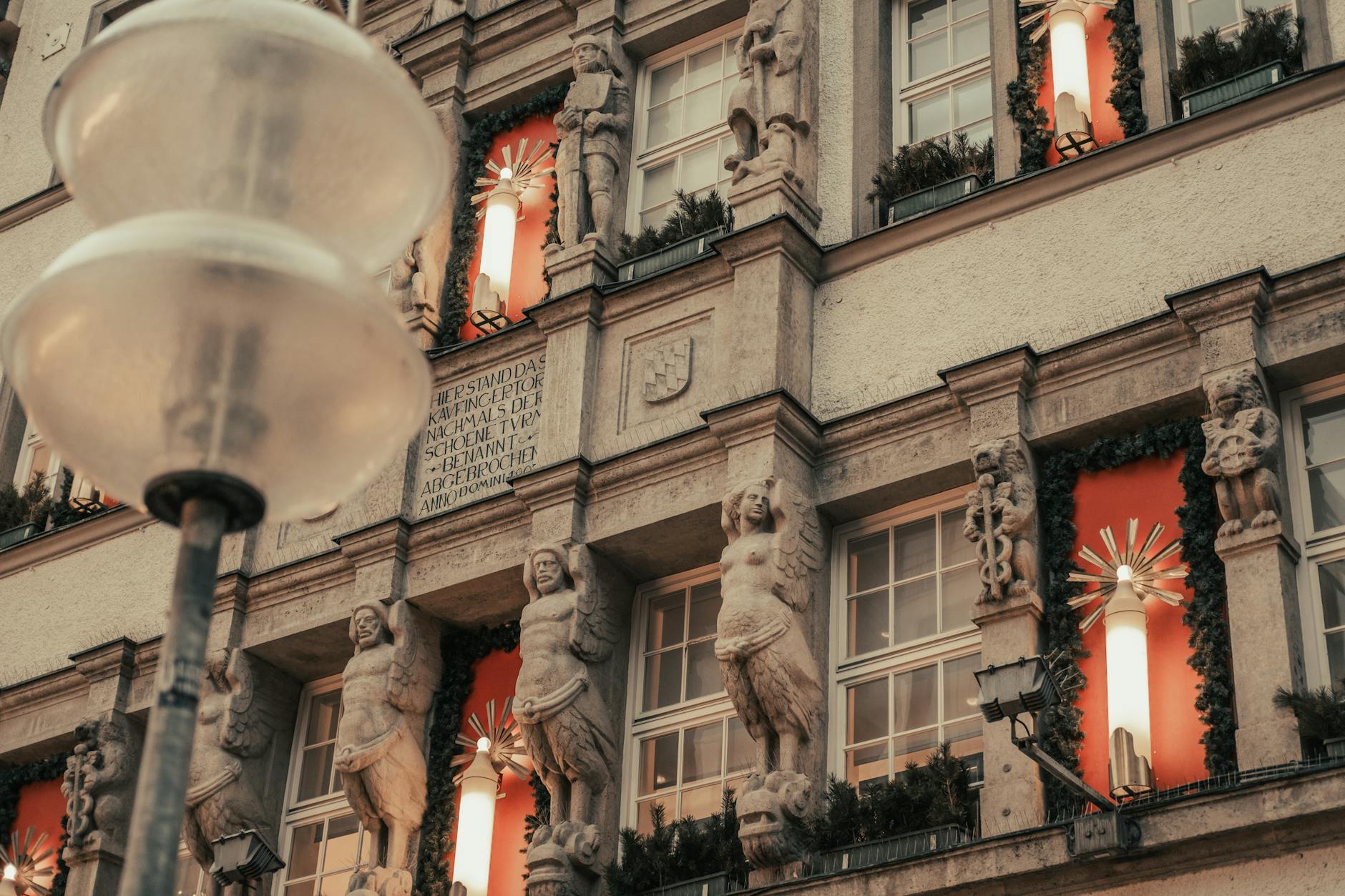
Oriental rugs are not merely floor coverings; they are living pieces of history that can last for generations with proper care. As we’ve explored, these exquisite works of art carry rich cultural significance and can endure for decades or even centuries when treated with respect and maintained diligently. From regular vacuuming to professional cleaning, and protecting them from direct sunlight and moisture, every step in caring for your oriental rug contributes to its longevity.
Remember, investing in an oriental rug is investing in a legacy. By following the expert advice of rug masters and being vigilant about potential threats like moths and wear patterns, you can ensure your rug remains a cherished heirloom for years to come. When in doubt, always consult with a professional for restoration and repair to preserve the integrity and value of your oriental rug. With the right care, your rug will continue to tell its story and add beauty to your home for generations to come.

